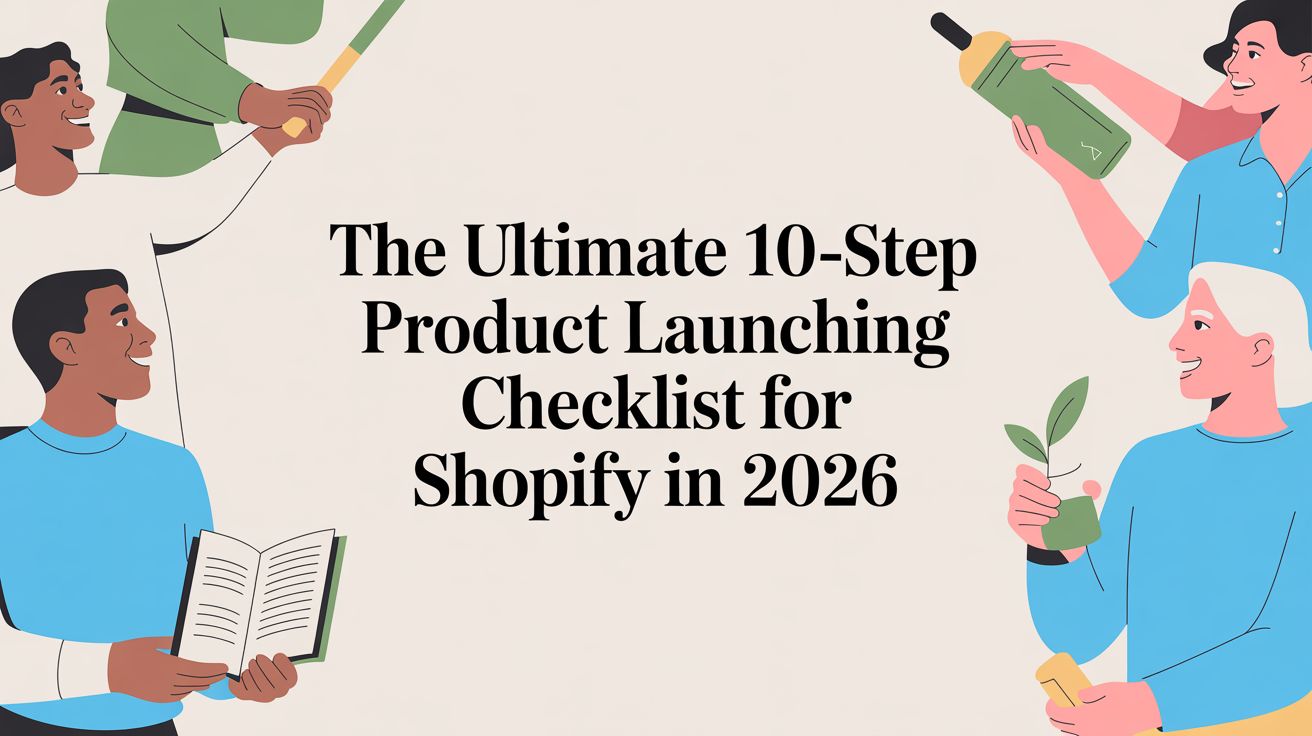
The reasons behind low social media conversion rates (and how to solve them)

By no means is social media a measly marketing channel, but it has been known to translate into low conversion rates. How could this be possible? Isn’t everyone on social media these days?
Looking to learn more about this issue, we spoke with David Hoos, lead marketer at The Outloud Group, a full-service influencer marketing group in Detroit, about what causes low social media conversion rates and what your brand can do to increase your numbers.
Here’s what he said:
Social media wasn’t designed to convert followers
According to Hoos, the answer lies in the core of what social media is: a platform based on social engagements, not commercial transactions. We enjoy social media for the community it provides; it allows us to like, view, share and connect with others. And while social media may offer lower conversion rates than its marketing counterparts, it is great for other means.
“A big reason why social media produces smaller conversion rates is that it works better as an awareness channel. It is a great channel to create an audience and affinity around your brand,” Hoos said.
That’s not the only thing keeping social media conversion rates low. Those algorithms we love so much for acquiring social media members? They’re designed to keep consumers engaged with reels and stories instead of shopping carts and landing pages.
“…Almost all of the organic social platform algorithms want visitors to remain on their site and so they intentionally demote anything linking off-site while promoting content that increases engagement on-site,” said Hoos.
This isn’t necessarily bad news for your consumers (we already know how customers feel about excessive pop-ups, external links and complicated websites. You don’t want potential customers to think visiting your website is going to be more trouble than it’s worth. Anything you send your followers should be easy to navigate.
Conversions happen when you target a specific audience with clarity and personalization
Social media is a huge marketing channel, but that doesn’t mean you want to try getting every single user to check out a product or visit your site. Now is the time to think back to your customer persona and focus on catering to the audience who you can help the most with your products.
“If you're trying to encourage conversions with social media, you need to be incredibly specific with your targeting, your offer and your call to action. If you're trying to speak to everyone, you'll end up speaking to no one,” said Hoos.
Why is it important to have a specific target audience?
According to this article by Envano, “a more highly targeted audience can mean higher conversion. If you know that the individuals on a given niche platform have an interest in something your brand offers, then it makes it easier to convert these individuals into customers.”
Hoos says you can do this by speaking directly to their emotions with your copy, creatives and the transformation you're promising. When you have a clear idea of the person you want to convert, you can allow social media to work for you. These networks are heavily based in brand humanization, personalization and human emotions. You’ll want to leverage these things if you’re going to persuade social media users to trade in their timeline for your website.
Flex your brand’s “human” side and focus on your consumers’ emotions. Show them what value your product or service has and how it’d benefit them. You can do this in your captions, comment section, stories, posts and more.
Given the personal impact humans have on one another, you can incorporate humanization tactics with the use of social media influencers and other brand advocates.
“….User-generated content can be incredibly compelling. It connects emotionally with a specific audience, naturally infoms your copy and creatives, and your audience can learn of the transformation you're promising not from you, but from your advocate,” said Hoos.
Finally, you need to be clear with your call to action.
Your audience needs a specific reason why they should pay attention to your call to action. Why should they care about what you have to say? How does it benefit them and what must they do to fulfill your request?
You want to have direct, easy-to-understand answers for each of these questions. Anything else might result in frustrated customers who don’t want anything to do with your ask.
Social media may not be the channel that brings in boatloads of new customers every quarter, but that doesn’t mean you can’t use tips and tricks to increase your chances of getting your products in the hands of your social media followers.

Lindsay Keener is a brand journalist for Quikly. She covers stories that help to inform and educate consumer-facing marketers.

